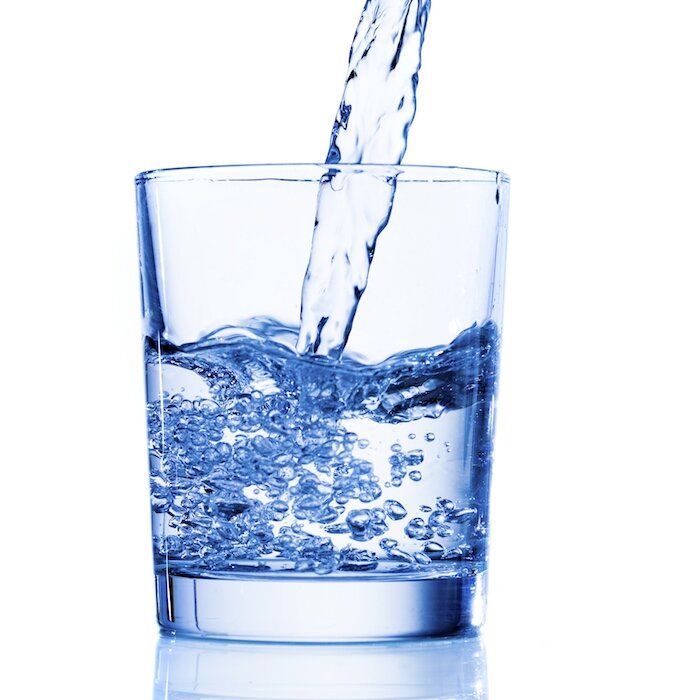What is reverse osmosis?
ro water treatment equipment (RO) is a pressure-driven membrane process used for purification of water. In all pressure-driven membrane processes, water passes through the membranes more easily than the contaminants that are being removed. However, not all of the water supplied to an RO membrane passes through the membrane.
Is reverse osmosis water good for you?
A ro water treatment equipment system removes dissolved contaminants that you can't see but that could make you sick. ro water treatment equipment does work for your kidneys by filtering water before it enters your body. It also removes beneficial minerals like calcium and magnesium from water, but that does not make reverse osmosis water bad for you.
ro water treatment equipment systems use pressure to push water through tiny pores, to create "pure water." In the process, chemicals, bacteria, and minerals are filtered through different membranes and carbon filters.

Drinking water treated with ro water treatment equipment or other filtration systems has many advantages:
If you are on a camping trip, traveling in another country, or in an area with bacteria or parasite-laden water, ro water treatment equipment systems allow contaminant removal, and safe drinking water. If you live in an area with heavy pesticides and herbicides use, reverse osmosis can remove these substances from your water. The U.S. military has used reverse osmosis systems to change salt water into fresh water for troops, and some countries use this technology during floods and relief efforts.
However, there are disadvantages. Many ro water treatment equipment systems remove the good with the bad. Iron, calcium, manganese, and fluoride are a few of the beneficial chemicals that may be removed, depending on your system. Removing these essential elements from our drinking water doesn't pose much of a problem, since a well-rounded diet will provide these as well. However, many Americans do not eat a diet that is rich in vitamins and minerals. If these people also drink demineralized water, then they are more prone to vitamin and mineral deficiency.
Our bodies are 70-80% water that hydrates, lubricates joints, and aids organ function. You don’t need minerals to do those things. You would have to drink excessive amounts of water for your body to absorb enough mineral content to make a significant difference. Food is the primary source of essential nutrients, not water. If you want more minerals, eat your fruits and veggies.
Some mineral content is fine to drink, but the EPA recommends that the amount of TDS in water not exceed 500 parts per million. A large portion of the U.S. has TDS levels that exceed this level and could benefit from an RO system.

Does ro water treatment equipmentwaste water?
A ro water treatment equipment system sends water with rejected contaminants down the drain as wastewater, unlike other filters that trap contaminants. As water flows through the system, it's divided into two streams. One stream carries the filtered water to a dedicated faucet, and the other stream carries the removed salts, dissolved pollutants, and minerals to the drain.
The brine or "wastewater" carries rejected contaminants from a ro water treatment equipment system to the drain. 4 gallons of water exits the drain for every gallon of water produced. But the brine water is used for a purpose, so it's not exactly wasted. The wastewater in an RO system helps clean the water, just like a dishwasher uses water to clean dishes or a washing machine uses water to clean clothes. However, it's our job in caring for the environment to minimize the amount of water sent to the drain and increase the efficiency of the RO system.
Reverse Osmosisro water treatment equipment applications and benefits
The multiple ions retain the single ions better.
The dissolved gases, such as ammonia, carbon dioxide, sulfur dioxide, oxygen, chlorine and hydrogen sulphide, have a good permeability.
The rejection of acids and weak bases is greater than pH values when they are in their ionized form.
The rejection of neutral organic molecules increases with the molecular weight, compounds with molecular weights greater than 100 D have high values of rejection coefficient. The nature of the membrane material has an important influence on the value of this parameter.
Negative values of rejection coefficient have been observed in solutes such as phenol and benzene in cellulose acetate membranes.
Filtered water obtained through ro water treatment equipment (RO) processes have many applications across countless industries, and can potentially help to cut costs at any stage of industrial or commercial production, for many different uses. Because the difference between commercial and industrial systems can be negligible at times, there is often times common ground between the commercial and industrial applications of reverse osmosisro water treatment equipment.